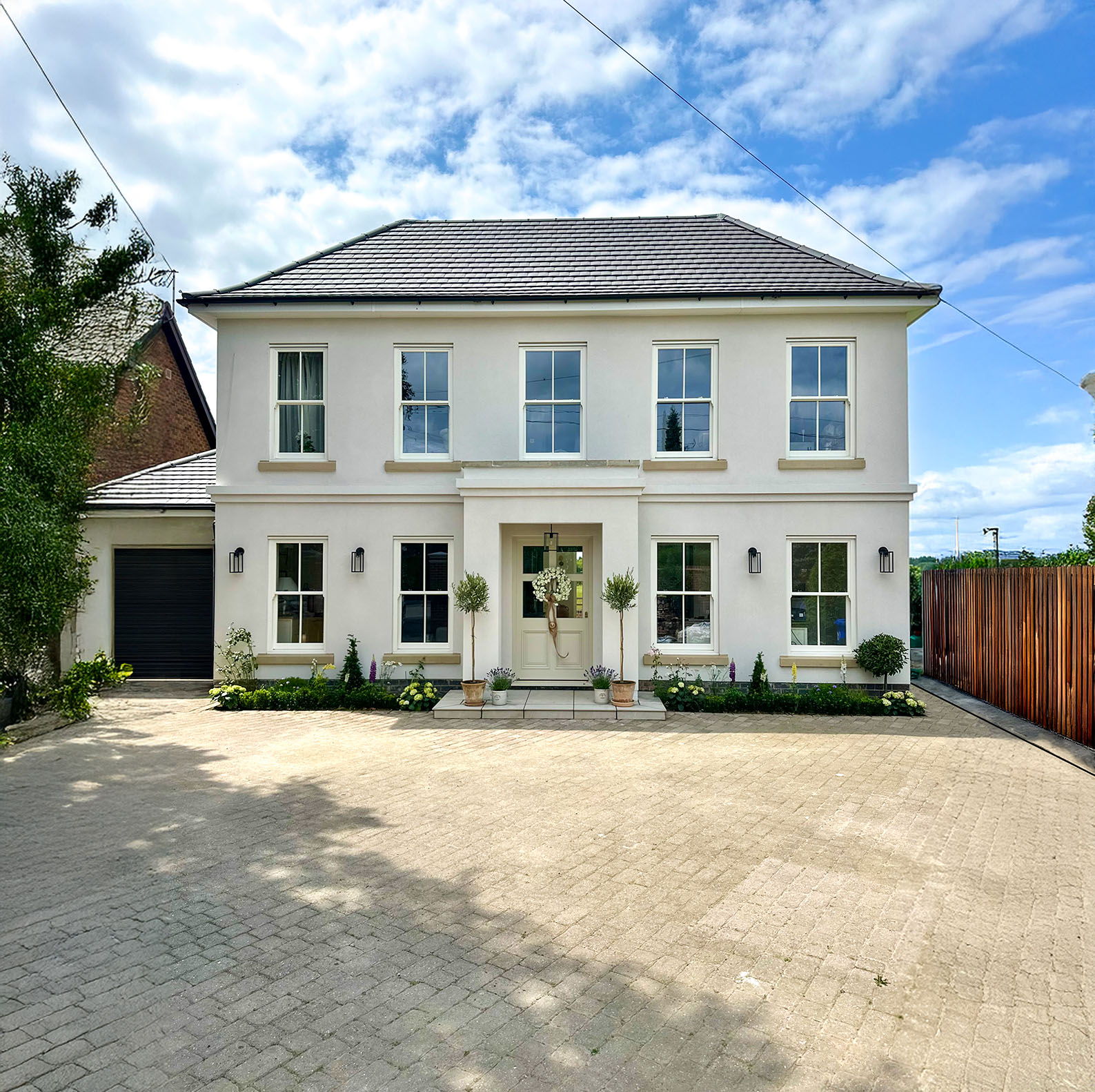
What Is The Difference Between Grade II & Grade I Listed Buildings?
When it comes to the architectural heritage of the UK, listed buildings play a crucial role in preserving our history and culture. If you’re a homeowner or considering purchasing a property, understanding the differences between Grade I and Grade II listed buildings is essential. This knowledge can help you navigate the complexities of owning a listed property, especially regarding renovations and improvements.
What Are Listed Buildings?
Listed buildings are structures deemed to have special architectural or historic interest. They are protected by law, meaning any alterations, extensions, or demolitions require permission from the local planning authority. This protection ensures that the character and aesthetic qualities of these buildings are preserved for future generations.
In the UK, listed buildings are categorised into three grades:
Grade I: Buildings of exceptional interest, making up about 2.5% of all listed buildings.
Grade II*: Particularly important buildings of more than special interest, accounting for around 5.5%.
Grade II: The most common category, representing about 92% of listed buildings, which are of special architectural or historic interest.
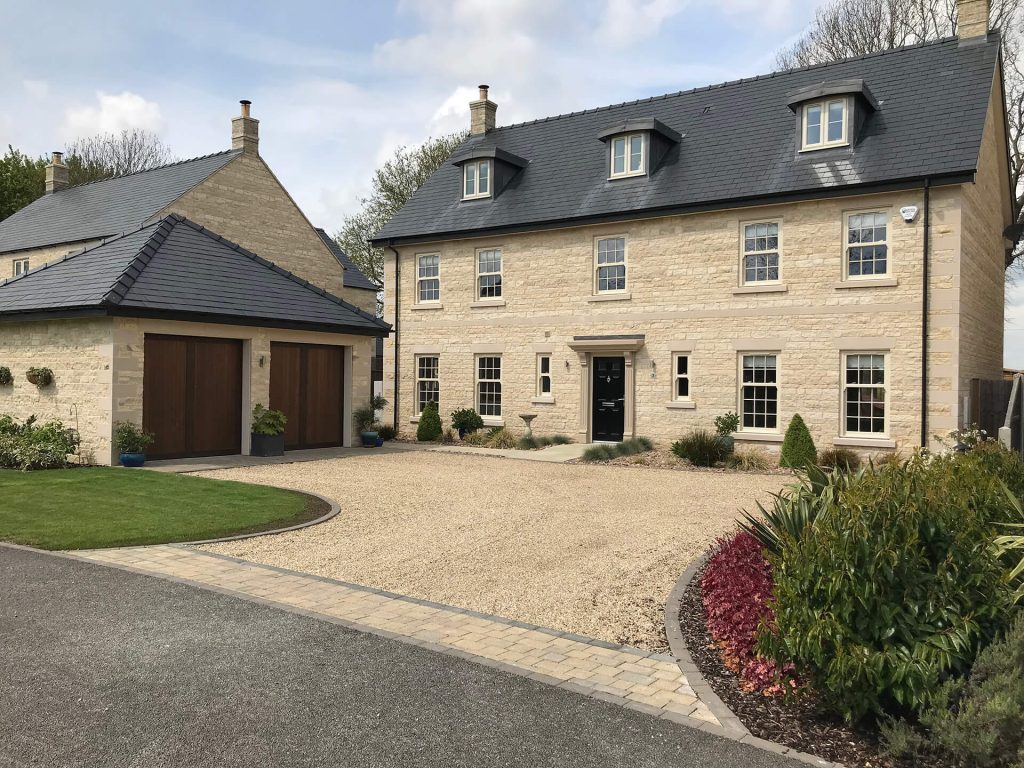
Key Differences Between Grade I and Grade II Listed Buildings
1. Level of Significance
The primary difference between Grade I and Grade II listed buildings lies in their level of significance. Grade I buildings are considered to be of exceptional interest and are often unique in their architectural style or historical importance. Examples include iconic structures like Westminster Abbey and the Tower of London.
On the other hand, Grade II buildings are recognised for their special architectural or historic interest but do not possess the same level of significance as Grade I buildings. They may include a wide range of structures, from Victorian terraces to post-war public buildings.
2. Restrictions on Alterations
Due to their exceptional status, Grade I listed buildings face stricter regulations regarding alterations. Any proposed changes, no matter how minor, require listed building consent. This can include anything from changing windows to repainting the exterior. The aim is to maintain the building’s historical integrity.
Grade II listed buildings also require consent for alterations, but the restrictions may be less stringent. While owners must still preserve the building’s character, there may be more flexibility regarding renovations and modernisation.
3. Maintenance Responsibilities
Owning a listed building comes with responsibilities. For Grade I buildings, owners may be compelled to undertake repairs and maintenance to preserve the structure. Failure to do so can lead to legal repercussions.
Grade II owners also have maintenance responsibilities, but the requirements may vary. While they must ensure the building remains in good condition, the level of oversight may not be as rigorous as for Grade I properties.
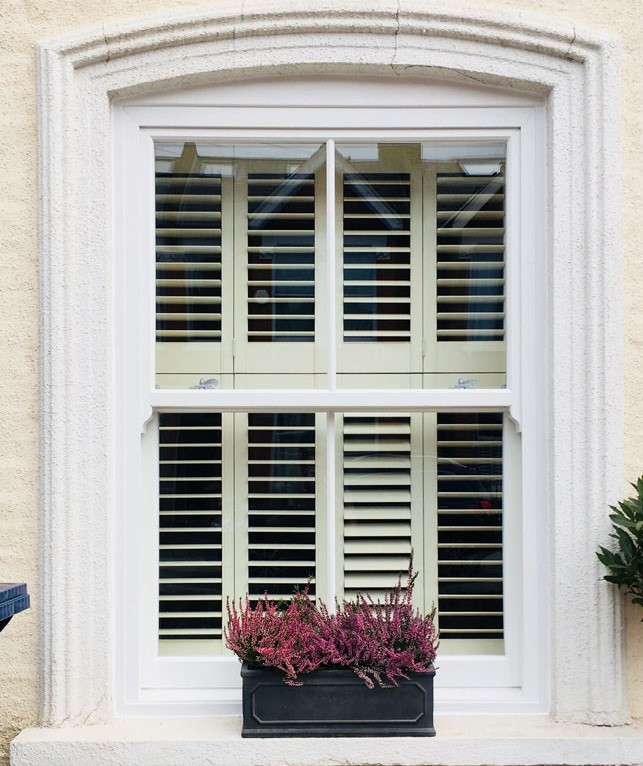
4. Value and Market Demand
Grade I listed buildings are often seen as prestigious and can command higher prices in the property market. Their unique status and historical significance make them highly sought after by buyers who appreciate heritage and architecture.
Grade II listed buildings, while still valuable, may not attract the same level of interest as Grade I properties. However, they can still be appealing to buyers looking for character and charm in their homes.
Considerations When Buying a Listed Property
If you’re considering purchasing a listed property, there are several factors to keep in mind:
• Planning Permission
Before making any alterations, it’s crucial to understand the planning permission process. For both Grade I and Grade II listed buildings, you’ll need to apply for listed building consent for any changes that could affect the building’s character. This can be a lengthy process, so it’s wise to plan ahead.
• Specialist Materials and Tradespeople
Renovating a listed building often requires specific materials and skilled tradespeople familiar with the unique challenges of working on historic properties. This can lead to higher costs and longer timelines, so budgeting accordingly is essential.
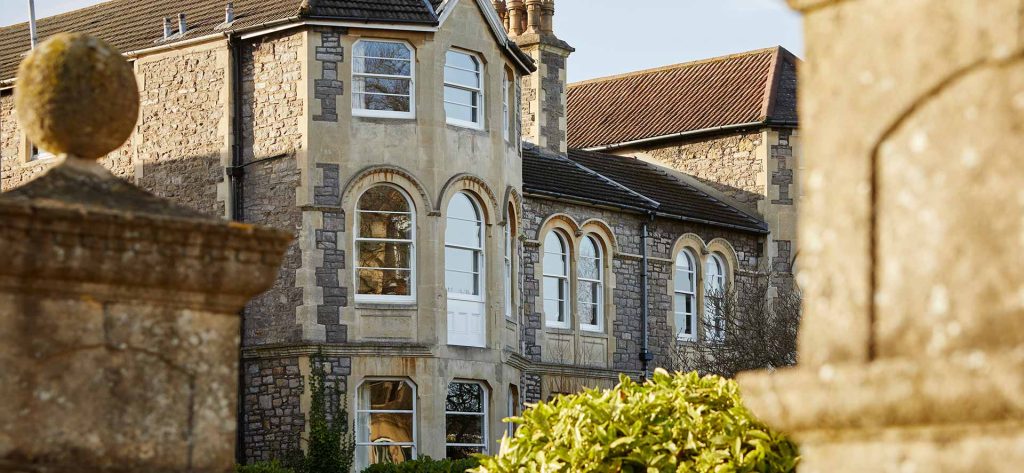
• Insurance Considerations
Listed buildings may require specialist insurance due to their unique nature and higher rebuild costs. It’s important to disclose the property’s listed status when seeking insurance coverage to ensure you’re adequately protected.
• Long Term Commitment
Owning a listed property is a long term commitment. You’ll need to be prepared for ongoing maintenance and potential restrictions on alterations. However, many owners find the rewards of living in a historic building far outweigh the challenges.
Enhancing Your Listed Property with Modern Solutions
While listed buildings come with their own set of rules and regulations, that doesn’t mean you can’t enhance their beauty and functionality. Here at Roseview Windows, we specialise in providing high-quality double-glazed windows that can complement the character of your listed property while improving energy efficiency.
Why Choose Double Glazed Windows?
Double glazing offers numerous benefits, including:
• Improved Energy Efficiency: Double-glazed windows help to reduce heat loss, keeping your home warmer in winter and cooler in summer.
• Noise Reduction: The extra layer of glass acts as a barrier to external noise, creating a more peaceful living environment.
• Enhanced Security: Double-glazed windows are more difficult to break, providing an added layer of security for your home.
When considering window replacements for a listed building, it’s essential to choose styles that are in keeping with the property’s character. Our team at the Rose Collection can guide you in the next steps to take in order to comply with local regulations.
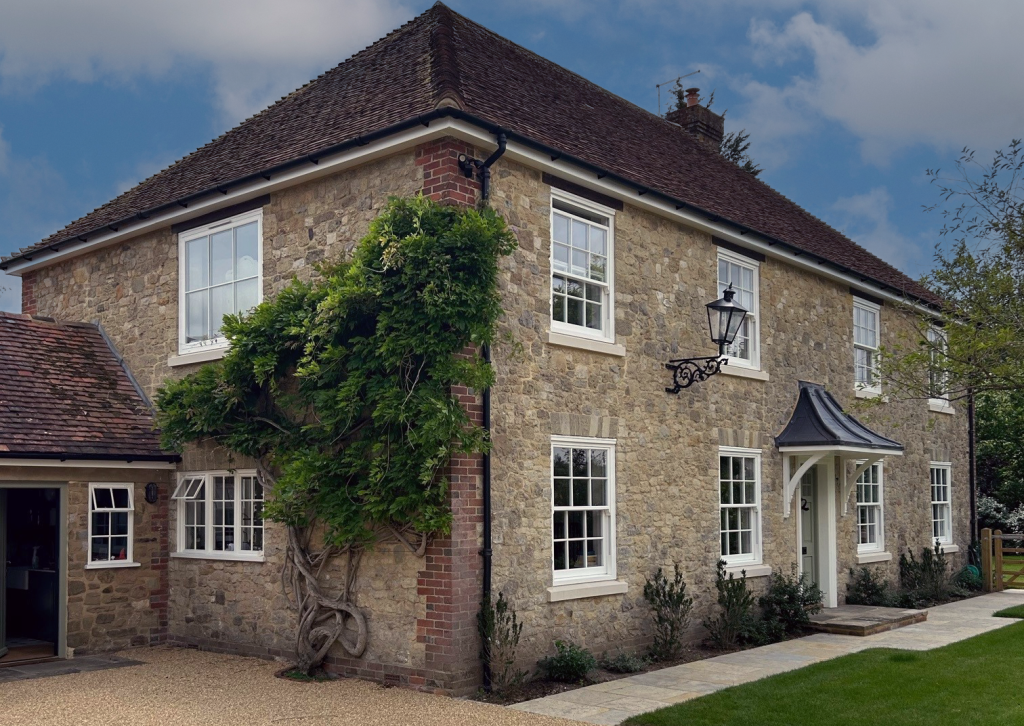
Replacement Windows Previously Approved for Listed Buildings
Understanding the differences between Grade I and Grade II listed buildings is vital for anyone considering purchasing or renovating a listed property. While both categories offer unique challenges and responsibilities, they also provide an opportunity to own a piece of history.
If you’re looking to enhance your listed property with modern solutions like double glazed windows, get in touch with our friendly team at the Rose Collection. We’re here to help you navigate the complexities of listed building regulations while ensuring your home remains beautiful and functional for years to come.
We offer three, timber alternative, uPVC sliding sash windows that have been previously approved for listed building. For a quick and easy way to explore your options, design your windows online today!
Categories: Rose Collection

